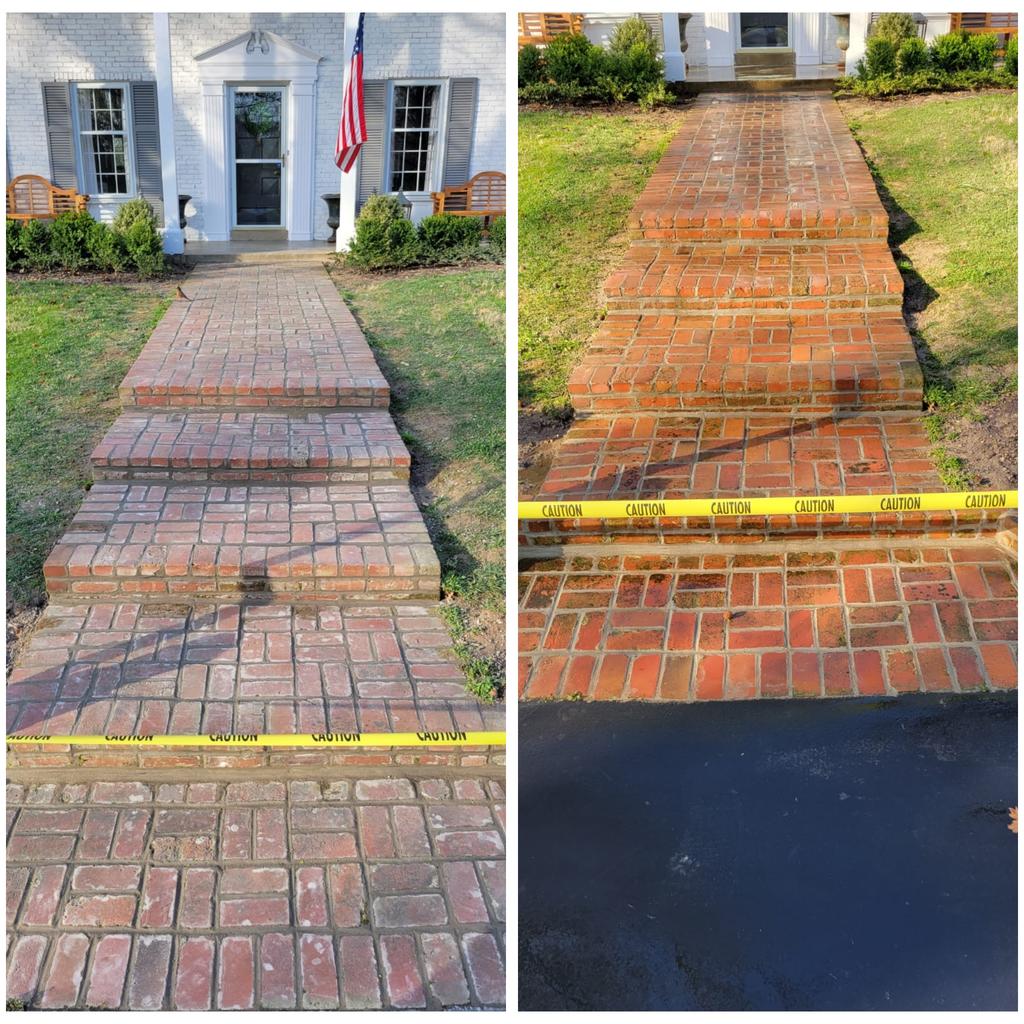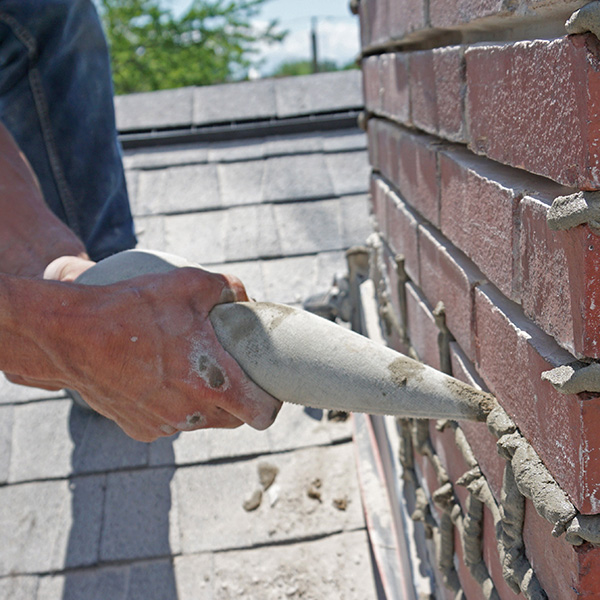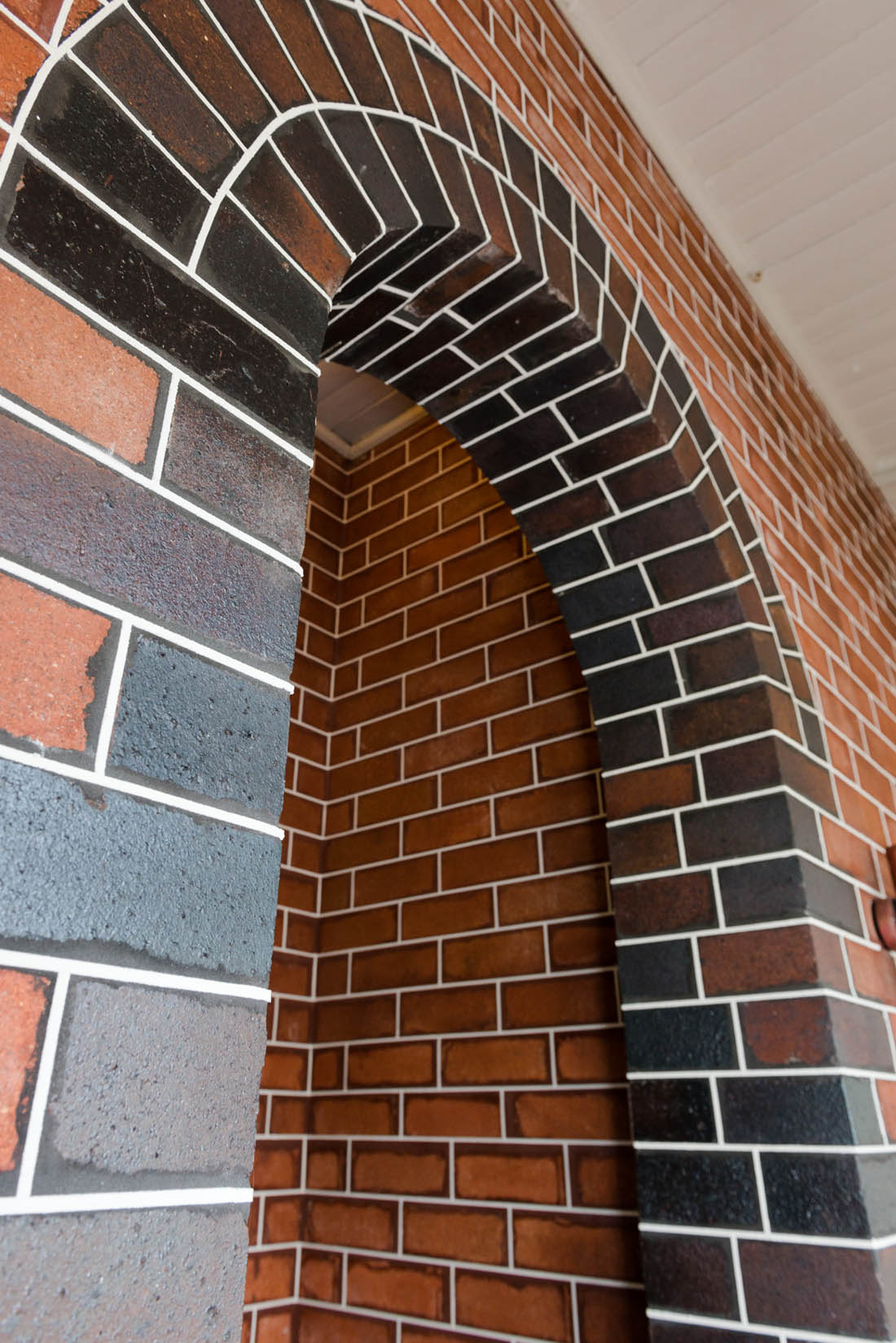Raul's Tuckpointing St. Louis MO: Establishing the Criterion for Professional Stonework Repair
Wiki Article
Achieve Impeccable Brickwork Restoration With Top-Quality Tuckpointing
When it involves restoring brickwork, accomplishing impeccable outcomes requires a thorough technique and high-quality materials. Tuckpointing, a technique that entails repairing and restoring mortar joints, plays an essential function in making sure the architectural stability and aesthetic appeal of block buildings. In this discussion, we will check out the benefits of tuckpointing, the steps associated with the process, the relevance of knowledgeable craftsmen, and just how to pick the right products for a successful repair task. In the process, we will likewise provide maintenance ideas to assist you maintain the durability of your recently restored brickwork. Let's delve into the globe of tuckpointing and find how it can change your block frameworks.Benefits of Tuckpointing
Over time, the mortar joints between blocks can deteriorate due to weathering and age, leaving the bricks prone to damage. Tuckpointing includes removing the worn-out mortar and replacing it with fresh mortar, properly bring back the strength and security of the brickwork.An additional advantage of tuckpointing is its ability to improve the visual charm of brickwork. As mortar ages, it can end up being tarnished or damaged, diminishing the general appearance of the bricks. Raul's Tuckpointing St. Louis MO. Tuckpointing enables the removal of unsightly mortar and the application of brand-new mortar that matches the shade and appearance of the original brickwork, resulting in a seamless and visually appealing finish
Furthermore, tuckpointing aids to avoid additional damage to brickwork. By replacing deteriorated mortar, tuckpointing seals the joints between blocks, preventing water and moisture from permeating in. This assists to shield the blocks from damages brought on by freezing and thawing cycles, inevitably extending the life of the brickwork.
Steps Associated With Tuckpointing Refine
Any type of harmed or deteriorated mortar is very carefully removed making use of chisels or mills. It is essential to eliminate all loose mortar to produce a stable and clean base for the new mortar (Raul's Tuckpointing St. Louis MO).
After the removal of the damaged mortar, the following step is to prepare the mortar mix. The mortar mix needs to be proportioned carefully and blended thoroughly to ensure uniformity.
Once the mortar is prepared, the tuckpointing procedure begins. The mortar is pushed strongly into the joint to make certain a protected bond.
After the mortar has been applied, excess mortar is very carefully removed making use of a jointing device or an aiming trowel. The final step entails smoothing and shaping the mortar to match the bordering brickwork. This is done using a tuckpointing trowel or a jointing tool.
Value of Knowledgeable Craftsmen in Tuckpointing
Experienced craftsmen play an essential duty in the tuckpointing process, guaranteeing the repair of brickwork is executed with precision and experience. Tuckpointing is a labor-intensive task that includes removing harmed mortar joints and replacing them with brand-new mortar. It calls for a high level of ability and experience to accomplish the desired results.Among the key reasons that skilled artisans are very important in tuckpointing is their ability to examine the condition of the brickwork properly. They can identify the level of the damages and establish the proper training course of activity. This visit the website is crucial because every block structure is special, and the reconstruction procedure should be tailored to its specific needs.
Moreover, experienced craftsmen have the knowledge to pick the appropriate products for tuckpointing. They comprehend the various kinds of mortar and their compatibility with different brick kinds. This knowledge guarantees that the brand-new mortar will bond successfully with the existing blocks, supplying resilient stamina and security to the framework.
In addition, experienced craftsmen have a keen eye for detail and can execute the tuckpointing process with accuracy. They can produce tidy, straight lines and make sure that the mortar is applied uniformly and at the right deepness. This attention to detail enhances the total aesthetic appeals of the brickwork and contributes to its structural honesty.
Choosing the Right Materials for Tuckpointing
When selecting materials for tuckpointing, it is vital to consider their compatibility with the details block kind and the wanted outcome of the remediation procedure. The products used in tuckpointing play a vital duty in attaining impressive brickwork restoration. Both major materials associated with tuckpointing are mortar and the tinted mortar utilized for the ornamental component.Various brick types have varying residential properties, and making use of the incorrect mortar can lead to inadequate attachment and potential damages to the bricks. It is essential to seek advice from with experts or perform proper research to figure out the ideal mortar for the details brickwork.
Second of all, the tinted mortar made use of for the decorative part should be thoroughly picked. The shade needs to match the original mortar as carefully as possible to keep the visual charm of the brickwork. Additionally, the colored mortar needs to be durable and immune to weathering, making certain that the recovered brickwork remains undamaged and aesthetically appealing for an extensive duration.

Maintenance Tips for Lasting Brickwork Reconstruction
Proper maintenance is essential for making certain the long life of brickwork remediation. After investing time and initiative into recovering your brickwork, it is vital to take proactive actions to maintain its beauty and architectural stability. Here are some upkeep suggestions to assist you achieve lasting results.Normal cleansing is basic to preserving brickwork. Use a soft brush or a pressure washer on a reduced setup to eliminate dirt, crud, and moss that may gather over time. Prevent utilizing rough chemicals that can harm the bricks or mortar.
Inspect your brickwork frequently for any indications of damage. Try to find cracks, loosened blocks, or degrading mortar. Address these issues without delay to stop more damage and prospective architectural problems. Repointing, or using brand-new mortar in between the blocks, may be required to keep the toughness and security of the brickwork.
next page Secure your brickwork from water damage by making sure appropriate drain. Install downspouts and rain gutters to divert water far from the brickwork, preventing dampness accumulation and prospective degeneration. Additionally, consider using a water-repellent sealer to further secure the blocks from wetness infiltration.
Prevent putting hefty things versus the brickwork, as this can trigger stress and potentially cause fracturing or variation. click for more Consistently trim neighboring trees or plants to prevent origins from turning into the brickwork, which can trigger damage gradually.
Conclusion

Tuckpointing entails removing the tatty mortar and replacing it with fresh mortar, efficiently recovering the strength and security of the brickwork.
Tuckpointing allows for the elimination of unpleasant mortar and the application of new mortar that matches the shade and appearance of the original brickwork, resulting in a seamless and visually appealing finish.
After the removal of the damaged mortar, the next action is to prepare the mortar mix. Tuckpointing is a labor-intensive job that includes eliminating harmed mortar joints and changing them with brand-new mortar. The two primary products included in tuckpointing are mortar and the tinted mortar used for the ornamental component.
Report this wiki page